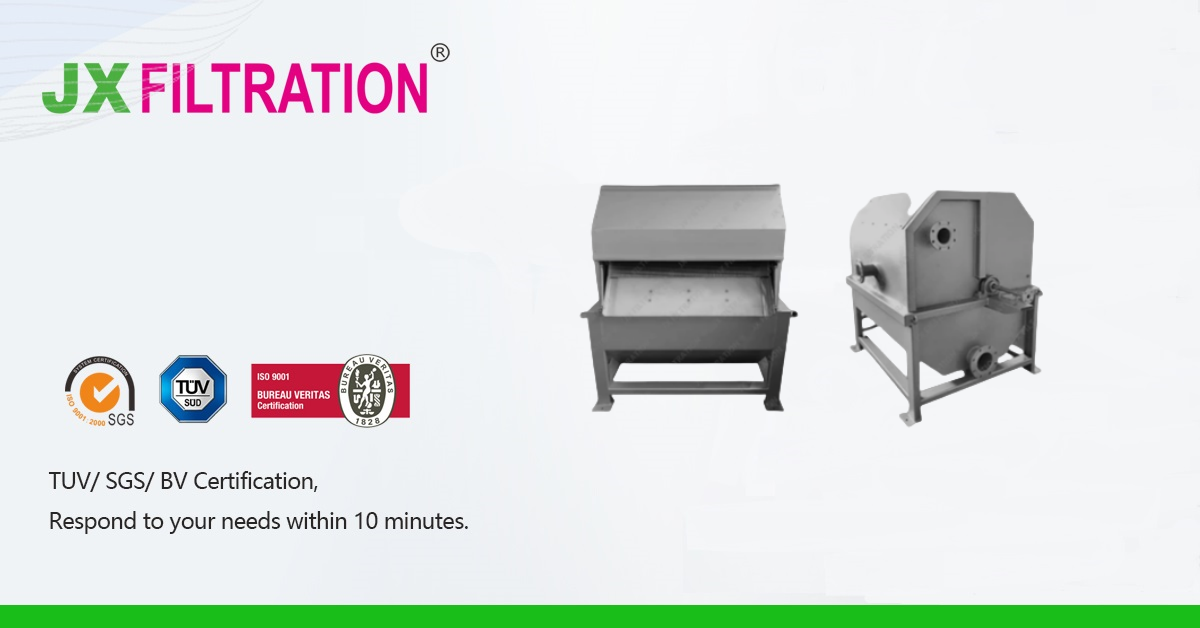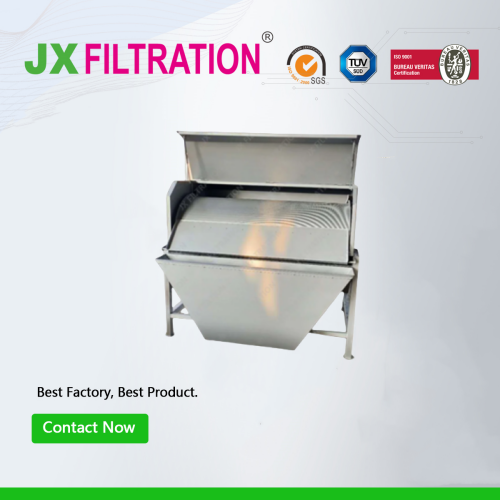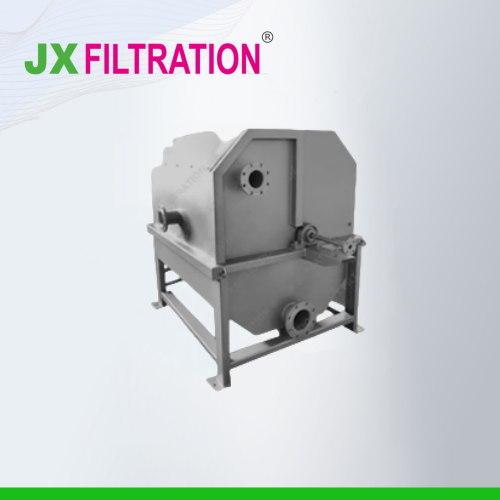How to Choose a Rotary Drum Screen?
Choosing the right rotary drum screen involves several factors depending on the specific application. Here’s a guide to help you make an informed decision:

1. Application and Material Type
- Wastewater Treatment: Consider the type and size of solids you need to remove. Fine screens (0.2-2 mm) are typically used for fine solids, while coarse screens (2-6 mm) are for larger debris.
- Industrial Applications: For industries like food processing, pulp and paper, or chemical processing, choose a screen that can handle the specific material's characteristics (e.g., viscosity, abrasiveness).
2. Flow Rate and Capacity
- Determine the flow rate of the liquid that needs to be processed. Rotary drum screens are sized based on the flow rate they can handle, typically measured in gallons per minute (GPM) or cubic meters per hour (m³/h).
- Ensure the screen can handle peak flow conditions without compromising performance.
3. Slot Size and Screening Efficiency
- The slot size of the screen determines the size of the particles that will be retained. Smaller slot sizes provide higher screening efficiency but may require more frequent cleaning.
- Consider the trade-off between the desired particle size removal and maintenance requirements.
4. Material of Construction
- Stainless Steel: Often used for its corrosion resistance, especially in aggressive environments like seawater or industrial chemicals.
- Duplex or Super Duplex Stainless Steel: Chosen for applications involving highly corrosive substances or higher pressure environments.
Any requirements, contact us now!
Grace
Email:grace@filtrationchina.com
Mobile/Whatsapp/WeChat:+86 17269571160


